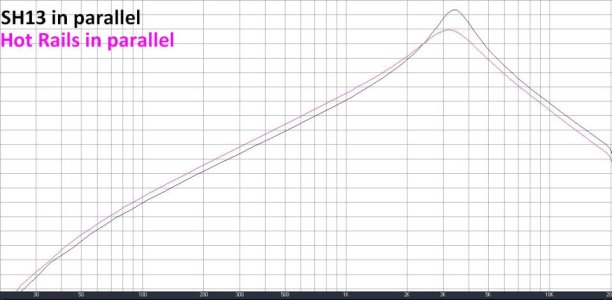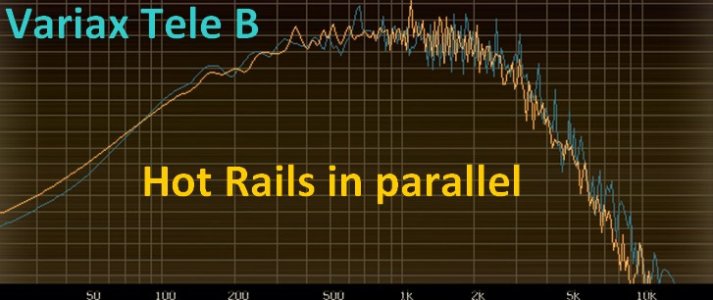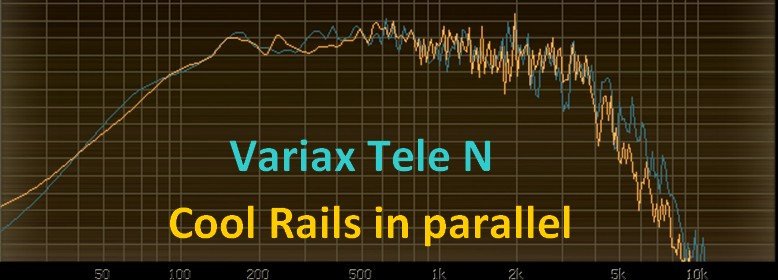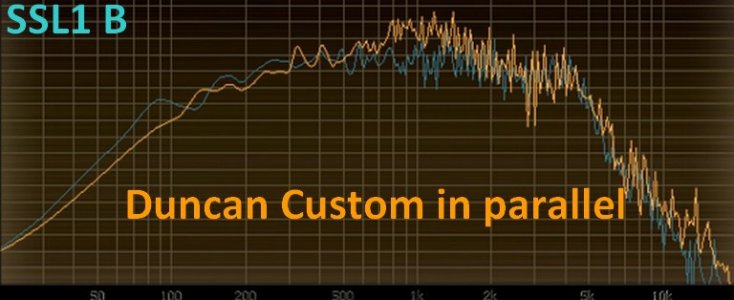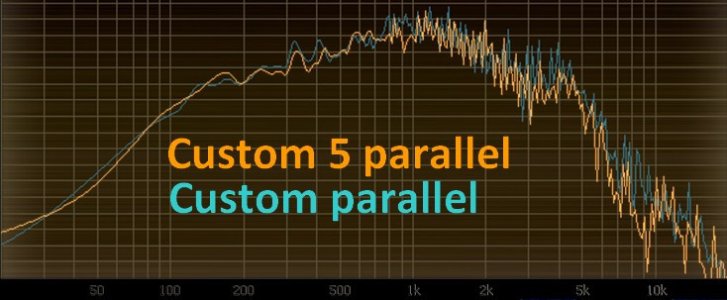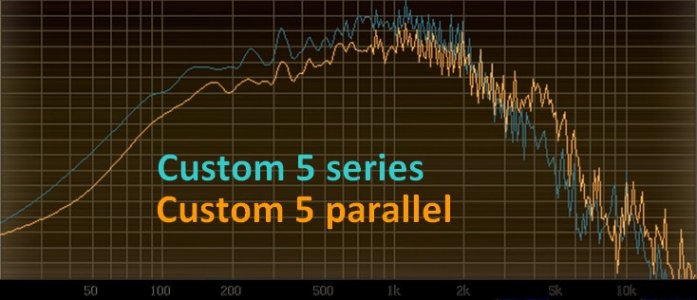I'd carefully avoid any blanket stratement here...

If one puts a PG1N in parallel, it will have an inductance of 0.86H. So,
obviously, it won't sound like a 2.6H Strat pickup. Il will be way brighter and thinner. Low DCR HB's sound more single coilish when split because each of their coils has an inductance close to a Fender SC.
To get a Fender style sound from a HB wired in parallel, it requires an inductance in series of 6 to 8H or more. Only "hot" HB's have such specs.
Hence my trick consisting to put a properly speced dummy coil in parallel with weaker HB's to give them the required LR specs and therefore, the desired tone or something close enough - and it works, even when I wire such a thing for a pro guitarist as I've already done it.

For the record, I share below two pics showing the electrically induced resonant peaks of a SH13 vs a Hot Rails in parallel, after the resonant peaks measured on a real 1962 Strat with its original PU's - I haven't found "stratiest" than this in my archives...
The SH13 in parallel has a lower pitched resonant frequency but this difference would be easy to neutralize thx to a properly tuned cable capacitance. And in any case, its high Q factor (IOW: its narrow pointy resonance) makes it well suited for Strat single coil emulation. The Hot Rails in parallel is not so close but its less faithful resonance is balanced by its more correct SC form factor. So it's still able IME to give something like a decent Telecaster imitation if positioned and wired with this idea in mind in a Fender scale instrument (been there, done that too, for a guitar periodically used on stage for 15 years and judged single coilish enough with the HR in parallel to play convincing country tracks)...



